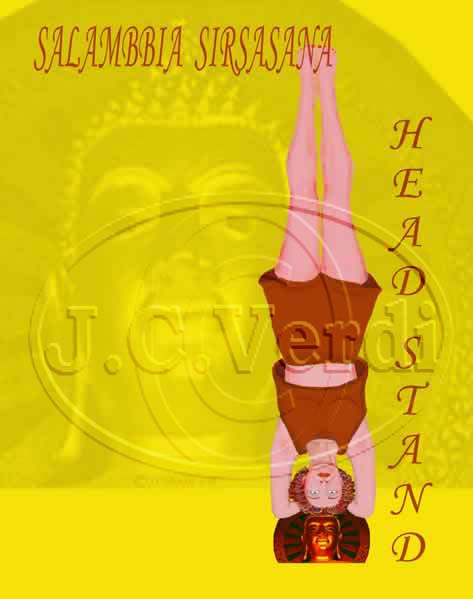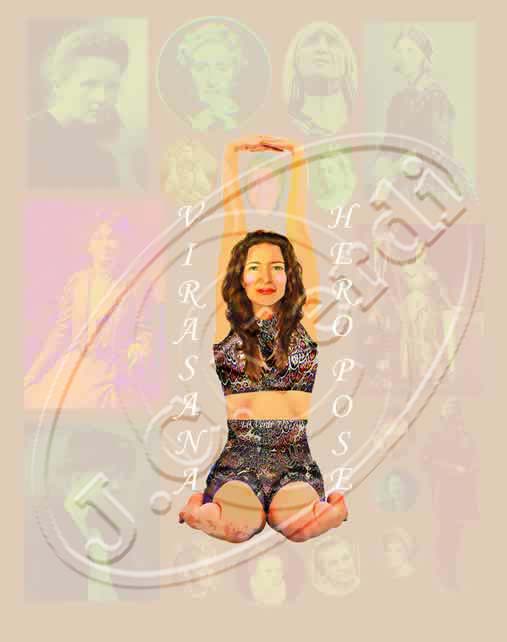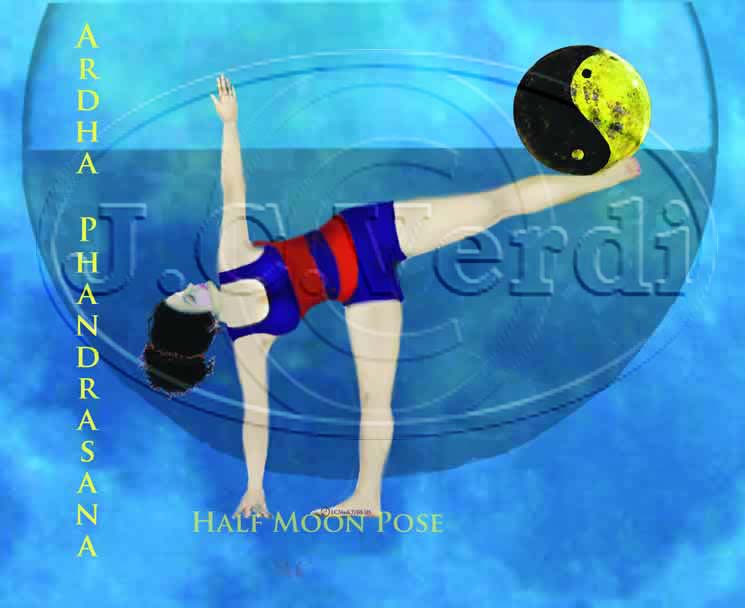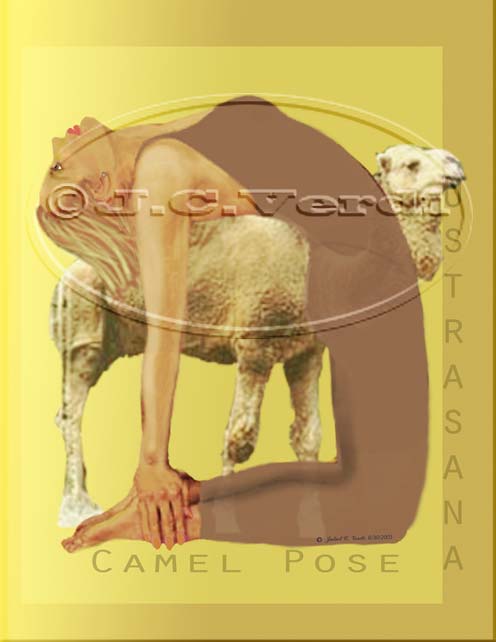| Until The Guru Comes is dedicated to all the Gurus, Famous, Infamous, Family, Friends, Doctors, Teachers, Wellness Professionals and Anyone else along the way, who made and make us who we are today. Until The Guru Comes Is Predicated On One Fact: We Are All Gurus. |
Shirshasana (Headstand) & Vietnamese or Asian Summer Rolls
 If you are reading this to learn how to do a Headstand, you are a beginner, so start this in a corner so that you can practice it without the fear of falling down, or ask your Yoga Teacher or a friend to help you with this in the beginning. Using a folded blanket or some extra foam on top of your yoga mat ( also place and a pillow lengthwise behind your head, in case you fall over backwards) Spoiler alert! If you have neck or back problems: DON"T DO THIS!
If you are reading this to learn how to do a Headstand, you are a beginner, so start this in a corner so that you can practice it without the fear of falling down, or ask your Yoga Teacher or a friend to help you with this in the beginning. Using a folded blanket or some extra foam on top of your yoga mat ( also place and a pillow lengthwise behind your head, in case you fall over backwards) Spoiler alert! If you have neck or back problems: DON"T DO THIS!
- Put your yoga mat into a comer, kneel down in front of it and place your interlocked fingers in the comer close to the walls.
- Put your head into the hollow of the palms, rise off the knees and take a step or two towards the comer.
- Lift one leg and place it in the comer against the wall. If you are a little unsure, ask a friend to hold the leg and put it in the corner. Now, just kick the other leg up. Stay there for about 15 seconds, trying to remain relaxed.
- To come out of the headstand, just lower one leg at a time. Again, if you feel unsure, ask your friend to hold one of your legs while you lower the other.
- (Hold for 15 seconds.(If you can!) Increase the time by 15 seconds every week until you can hold for three minutes.)
- The headstand, is considered by many as the 'king of the asanas', because of the many benefits, such as increasing the circulation to the brain, which may improve brain function, amongst a host of other benefits.
Vietnamese or Asian Summer Rolls
I was thinking abpout my Vietnamese neighbor, Buddha and Vietnamese Summer Rolls while coming out of a headstand. (All that blood rushing to your brain, can make you quite creative!)
I was going to take a photo of the Summer Rolls but, they were so good and we ate them so quickly,
that we totally forgot to photograph them.
This recipe is from my Vietnamese neighbor, (who knows I’m a vegetarian). I have made some minimal changes for convenience sake. I am not going to put down rigid amounts and likewise, just add what you like. I live by Auntie Mame’s adage; ”Life is a banquette and most poor suckers are starving to death.!”
These Vietnamese Summer Rolls are excellent for picnics, because they won’t spoil and poison your friends or realitives!
Ingredients:
(8 1/2-inch) round rice paper wrappers
In your food processor shread:
- 1 small to medium Jicama - Remove the peel including the fibrous flesh directly under the skin. *1
- A few fresh mint leaves (Optional)
- lots of sprigs of fresh cilantro
- 3 or 4 carrots, peeled and shredded
- 1 Chayote squash, peeled and shredded
- Mung bean noodles or cellophane noodles (Traditional, but I don’t like the extra cabs, so I don’t use them) ( If you want more protein and you eat soy, you can add chopped Soy noodles.)
- Peanuts or chopped Almonds
- 1 stick of lemon grass, grated ( I substitute a tablespoon of Tom Yom Sauce or Tom Yom Soup--) (You can buy Tom Yom Sauce at any Asian Market)
Dipping sauces:
- 1 to 3 cloves garlic, minced
- ½ cup Hoisin sauce
- ¼ cup of finely chopped peanuts
- If you like it sweet add a little Stevia or Honey
Or just buy: Thai Spring Roll Sauce
Directions
Submerge 1 rice-paper wrapper in a 10 inch fry pan or skillet with enough hot water to cover the rice paper rounds and soak it until softened, about 20 seconds. Carefully remove the rice paper from the water and lay it flat on a plate. In the center of the sheet, layer and then mixture and cilantro.. Pull the bottom up over the filling, fold over the sides, and roll up like an egg roll. Place seam-side-down on a plate and repeat the process with the remaining rice papers and filling. Serve with dipping sauce. (Save any unused mixture for a day or so, and always use fresh rice paper wrappers.)
FOOTNOTE
- The fish sauce, rice vermicelli, chili garlic sauce, Hoisin sauce and rice wrappers can be found at Asian food markets.
- Jicama is mostly water. It is a good source of dietary fiber, potassium, and vitamin C. It also contains Inulin, which is partly responsible for its sweet taste. In addition, Inulin increases the absorption of calcium, and possibly of magnesium.
- Combined with the fiber and water found in jicama, these nutrients help both hydration and blood pressure. Although it is a sweet-tasting source of fiber, it does not appear to raise blood sugar or triglyceride levels.
- Jicama is an edible root, tan in color, and shaped somewhat like a turnip. Although it can grow quite large, the crisp, sweet taste is best in Jicama about the size of a grapefruit. It should be firm and dry. Rootlets should be dry, and the tuber should have no soft or dark spots.
- Jicama will keep in the refrigerator for about two weeks. Jicama can be eaten raw and is an interesting addition to salads, salsas, and stir-fries.
- Jicama can be cut or sliced and served raw or used as a substitute for water chestnuts. Sauté or stir fry -- it stays crisp when cooked. A one pound Jicama yields about three cups chopped or three cups shredded flesh. (Nutrition Information - A 3-1/2 ounce serving of jicama provides 39 calories and about 25% of the RDA for vitamin C.)
From : http://hortweb.tamu.edu/archives/parsons/vegetables/jicama.html
http://www.webworldarticles.com/e/a/title/Jicama-and-kale-are-sources-of-vitamins-we-need-every-day/




